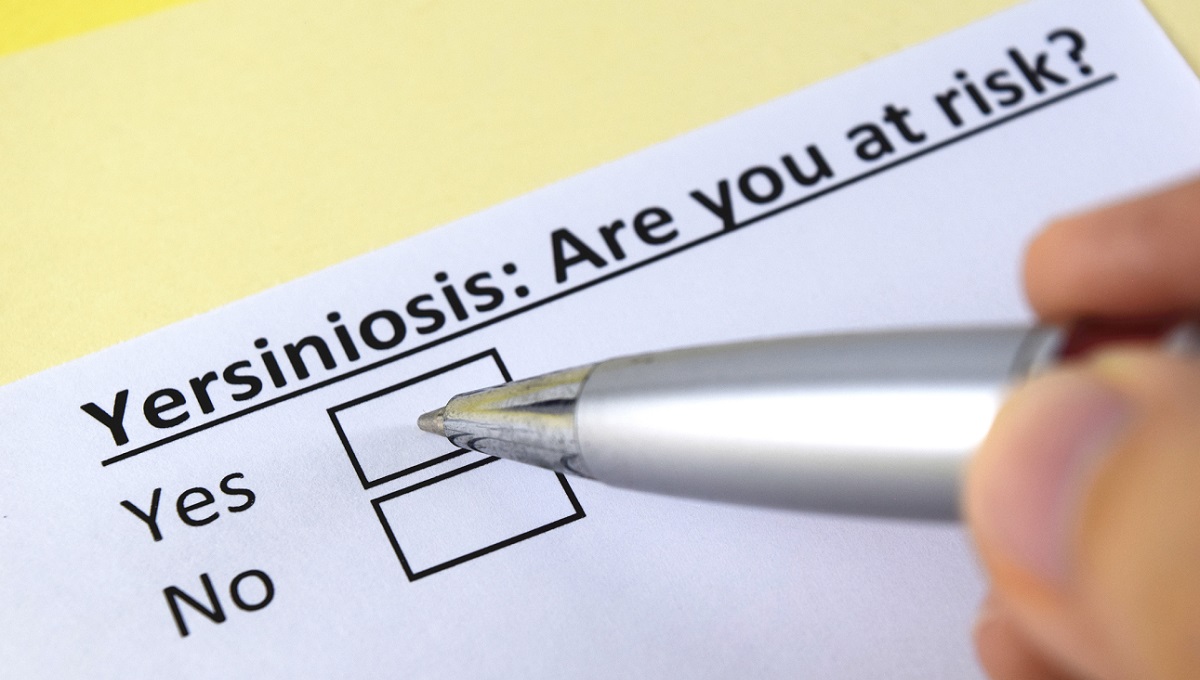The number of Yersinia and Shigella infections declined in Europe in 2020, according to recently published figures.
A total of 28 countries reported 5,744 confirmed cases of yersiniosis in Europe and the European Economic Area (EEA) compared to 7,054 in 2019.
Yersinia reporting is voluntary in Belgium, France, Greece, Italy and Luxembourg and no surveillance system exists in the Netherlands.
As in previous years, Germany had the most patients followed by France. These two countries accounted for half of all confirmed cases. Denmark had the highest case rate per 100,000 population, followed by Finland.
From 1,293 cases with information, 29 percent were hospitalized. Two men older than 85 died. The highest notification rate was detected in children aged 0 to 4 years old.
A total of 98 percent of 5,193 cases with information on species were Yersinia enterocolitica. Seven countries recorded 94 cases of Yersinia pseudotuberculosis.
In 2020, 16 yersiniosis outbreaks were reported to the European Food Safety Authority (EFSA). They involved 246 cases in six countries. The number of people sick was slightly higher than in 2019. One outbreak in Denmark involved 200 people exposed to Yersinia enterocolitica after eating a contaminated pasta-based dish at a picnic.
The overall trend of reported cases of yersiniosis remained stable from 2016 to 2019 but decreased notably in 2020, which was most likely an effect of the COVID-19 pandemic and figures from the United Kingdom no longer being included after the UK left the EU, said the European Centre for Disease Prevention and Control (ECDC).
Shigella stats
Overall, 29 countries reported 1,806 confirmed shigellosis cases compared to 8,448 in 2019.

This large decline is likely because of the pandemic and figures from the UK not being included, said ECDC.
“There could be a true reduction in transmission due to reduced travel because of travel restrictions, fewer social interactions, and increased hygiene measures. On the other hand, there is a potential risk for under diagnosis due to reduced care seeking behavior for mild symptoms or reduced capacity for diagnosis of mild diseases,” according to the report.
Shigellosis is caught by swallowing material contaminated by human feces. Infection can also come from contaminated food and water. Microscopic amounts of feces can result in illness.
France and Italy have voluntary reporting and Belgium uses another type of surveillance system.
France, the Netherlands and Germany made up half of confirmed cases. France alone accounted for almost a third. Luxembourg reported the highest notification rate, followed by France and Slovakia.
Travel status was available for 1,028 cases and 290 of these were related to trips abroad. Egypt, Indonesia, India and Madagascar were most frequently mentioned as probable countries of infection.
From confirmed cases, only 236 had information on the suspected mode of transmission. Infection via food was the most commonly reported, followed by sexual transmission and other person-to-person contact.
Shigella sonnei was the main species identified. The highest notification rate was in children under 5 years old.
Five foodborne outbreaks were reported by Denmark, France, the Netherlands and Slovakia.
(To sign up for a free subscription to Food Safety News, click here.)

